India’s Crypto Tax Update 2025: Latest TDS, TCS & Reporting Rules Explained
By CapitalKeeper | Pre Market Opening | Indian Equities | Market Moves That Matter
Stay updated on India’s crypto tax rules in 2025. Learn about the latest TDS & TCS rates, reporting requirements, and compliance tips every investor and trader must know before filing.
India’s Crypto Tax Update 2025: What Every Investor Needs to Know
The Indian cryptocurrency landscape has been evolving rapidly over the last few years. From being an unregulated “grey area” to witnessing heavy scrutiny and taxation, the journey has been both challenging and transformative for investors, traders, and policymakers. As we step into 2025, the new tax updates on cryptocurrency transactions are once again making headlines. For Indian investors, keeping up with these changes is crucial—not just for compliance but also for maximizing net returns.
In this blog, we will break down the latest TDS/TCS rates, reporting requirements, and practical implications of the new crypto tax updates in 2025.
1. The Background: India’s Stance on Crypto
Cryptocurrency in India has always been a subject of debate. While the Reserve Bank of India (RBI) has repeatedly raised concerns about risks to financial stability, the government has chosen the taxation route instead of a complete ban.
- 2022 Budget: India introduced a 30% flat tax on crypto gains, without allowing set-off of losses against profits. This marked the first official recognition of cryptocurrencies as taxable assets.
- TDS Introduction: From July 2022, a 1% Tax Deducted at Source (TDS) on crypto trades came into effect, aimed at tracking transactions.
- Ongoing Evolution: Over the years, the government has fine-tuned TDS/TCS rules, tightened reporting norms, and aligned crypto taxation with global standards.
Now, in 2025, new updates are being rolled out to plug loopholes and bring greater transparency.
2. India’s Crypto Tax Update 2025: What Has Changed?
The 2025 Union Budget introduced key amendments for the digital asset ecosystem. Here’s what investors need to know:
🔹 a) TDS (Tax Deducted at Source) Updates
- Earlier: A flat 1% TDS was applicable on all crypto transactions exceeding ₹10,000 in a year.
- 2025 Update: The TDS rate has been revised to 0.1% for KYC-compliant Indian exchanges. However, transactions done on foreign exchanges or peer-to-peer (P2P) still attract 1% TDS.
- Rationale: This move is intended to reduce the liquidity crunch for active traders who previously saw significant capital lock-in due to 1% TDS.
👉 Example:
If you buy Bitcoin worth ₹1,00,000 on a registered Indian exchange, only ₹100 will be deducted as TDS. Earlier, ₹1,000 was deducted.
🔹 b) TCS (Tax Collected at Source) Updates
- 2025 Introduction: For the first time, the government has extended TCS on international crypto transactions, similar to foreign tour packages or overseas investments.
- Rate: 5% TCS is applicable on crypto purchases made via foreign exchanges exceeding ₹7 lakh annually.
- Purpose: To discourage capital flight and ensure tax compliance within Indian jurisdiction.
🔹 c) Reporting Requirements
The government is emphasizing complete disclosure of crypto holdings in Income Tax Returns (ITR).
- Investors must now declare:
- All digital assets held (including coins, tokens, NFTs, stablecoins).
- Wallet details (both hot and cold).
- Income from staking, mining, or lending activities.
- Non-disclosure may attract heavy penalties under the Black Money Act, as authorities equate offshore wallets with foreign assets.
👉 Pro Tip: Always maintain transaction records, exchange statements, and wallet history for at least 8 years, as required by Indian tax authorities.
3. Risks & Rewards of the New Tax Structure
The new taxation framework has both pros and cons for Indian investors:
✅ Rewards (Positives)
- Reduced TDS (0.1%) increases trading liquidity and encourages activity on Indian exchanges.
- Global alignment: India is following OECD recommendations on crypto reporting, making Indian investors more globally compliant.
- Legitimacy boost: The government’s structured approach indicates it is unlikely to ban crypto altogether.
❌ Risks (Challenges)
- Higher compliance burden: Investors need to meticulously report holdings and trades.
- TCS on foreign trades discourages use of global platforms and limits arbitrage opportunities.
- Flat 30% tax on gains continues with no set-off allowed against losses, making speculative trading less attractive.
4. Practical Example: How the New Rules Impact You
Let’s consider two scenarios under the 2025 rules:
Example 1: Trading on Indian Exchange
- You buy Bitcoin worth ₹5,00,000.
- TDS at 0.1% = ₹500 (deducted automatically).
- Later, you sell it at ₹6,00,000 (profit ₹1,00,000).
- Tax liability = 30% of ₹1,00,000 = ₹30,000.
Total effective tax outflow: ₹30,500 (lower than the earlier system).
Example 2: Trading on Foreign Exchange
- You buy Ethereum worth ₹8,00,000 on a global exchange.
- TCS at 5% (since > ₹7 lakh) = ₹40,000 upfront.
- On selling at ₹10,00,000 (profit ₹2,00,000),
- TDS of 1% = ₹10,000.
- Tax on gains = ₹60,000 (30%).
Total effective tax outflow: ₹1,10,000 + compliance headache.
Clearly, trading on Indian exchanges is more cost-efficient in 2025.
5. Compliance Tips for Crypto Investors in 2025
- Prefer Indian exchanges to save on TDS and avoid additional TCS costs.
- Maintain detailed records using portfolio trackers like CoinTracker, Koinly, or Zerion.
- Understand wallet implications: Even cold wallet holdings must be reported.
- File taxes correctly under “Income from Other Sources” unless you are a registered business.
- Plan withdrawals smartly: Consider holding for the long term to reduce the frequency of taxable events.
6. The Bigger Picture: India’s Crypto Future
India’s taxation framework shows that the government is not banning crypto but rather regulating it heavily. By reducing TDS, the government acknowledges trader concerns, while TCS on overseas platforms ensures capital remains in domestic systems.
Globally, the G20 and OECD are moving towards uniform crypto tax reporting standards. India, being part of this ecosystem, is aligning itself to avoid tax evasion and black money issues.
For investors, this means crypto is here to stay—but only for those willing to comply with the system.
Conclusion
The 2025 crypto tax update in India represents a balanced approach: making life easier for domestic traders while tightening rules on offshore transactions. Investors must adapt quickly by choosing compliant exchanges, maintaining transparent records, and understanding their tax liabilities in detail.
While the 30% tax rate on gains still pinches, the reduced TDS is a welcome relief. Going forward, those who embrace compliance will not only avoid penalties but also enjoy a more stable and recognized crypto ecosystem in India.
In short: Crypto in India is maturing. And investors who stay informed and compliant will be the ones to benefit most.
📌 For daily trade setups, technical learning, and smart investing tips, stay tuned to CapitalKeeper.in
📌 For more real-time updates, trade setups, and investment insights — follow us on [Telegram] and [WhatsApp Channel] subscribe to our newsletter!

Subscribe Now , Join Telegram the Crypto Capital Club, Get Free Crypto Updates
📌 Disclaimer
The content provided on CapitalKeeper.in is for informational and educational purposes only and does not constitute investment, trading, or financial advice. While we strive to present accurate and up-to-date market data and analysis, we make no warranties or representations regarding the completeness, reliability, or accuracy of the information.
Stock market investments are subject to market risks, and readers/investors are advised to conduct their own due diligence or consult a SEBI-registered financial advisor before making any investment decisions. CapitalKeeper and its authors are not liable for any loss or damage, direct or indirect, arising from the use of this information.
All views and opinions expressed are personal and do not reflect the official policy or position of any agency or organization. Past performance is not indicative of future results.By using this website, you agree to the terms of this disclaimer.
Ranjit Sahoo
Founder & Chief Editor – CapitalKeeper.in
Ranjit Sahoo is the visionary behind CapitalKeeper.in, a leading platform for real-time market insights, technical analysis, and investment strategies. With a strong focus on Nifty, Bank Nifty, sector trends, and commodities, she delivers in-depth research that helps traders and investors make informed decisions.
Passionate about financial literacy, Ranjit blends technical precision with market storytelling, ensuring even complex concepts are accessible to readers of all levels. Her work covers pre-market analysis, intraday strategies, thematic investing, and long-term portfolio trends.
When he’s not decoding charts, Ranjit enjoys exploring coastal getaways and keeping an eye on emerging business themes.
📌 Follow Ranjit on:
LinkedIn | Twitter/X | Instagram | ✉️ contact@capitalkeeper.in
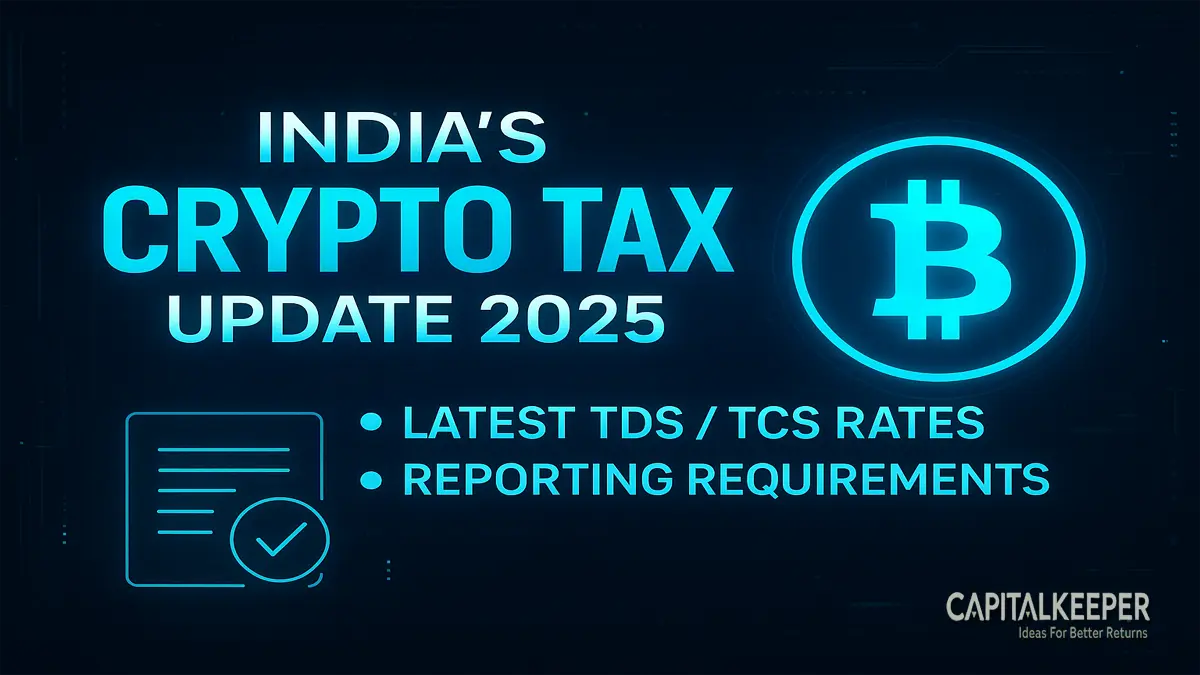

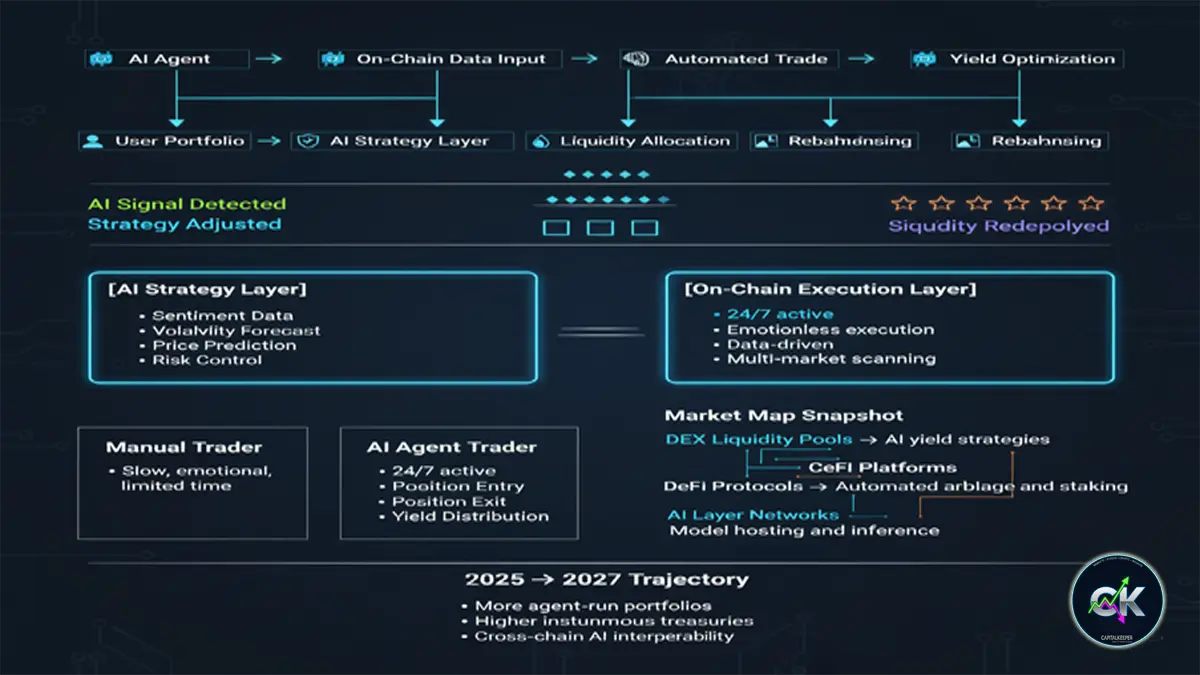



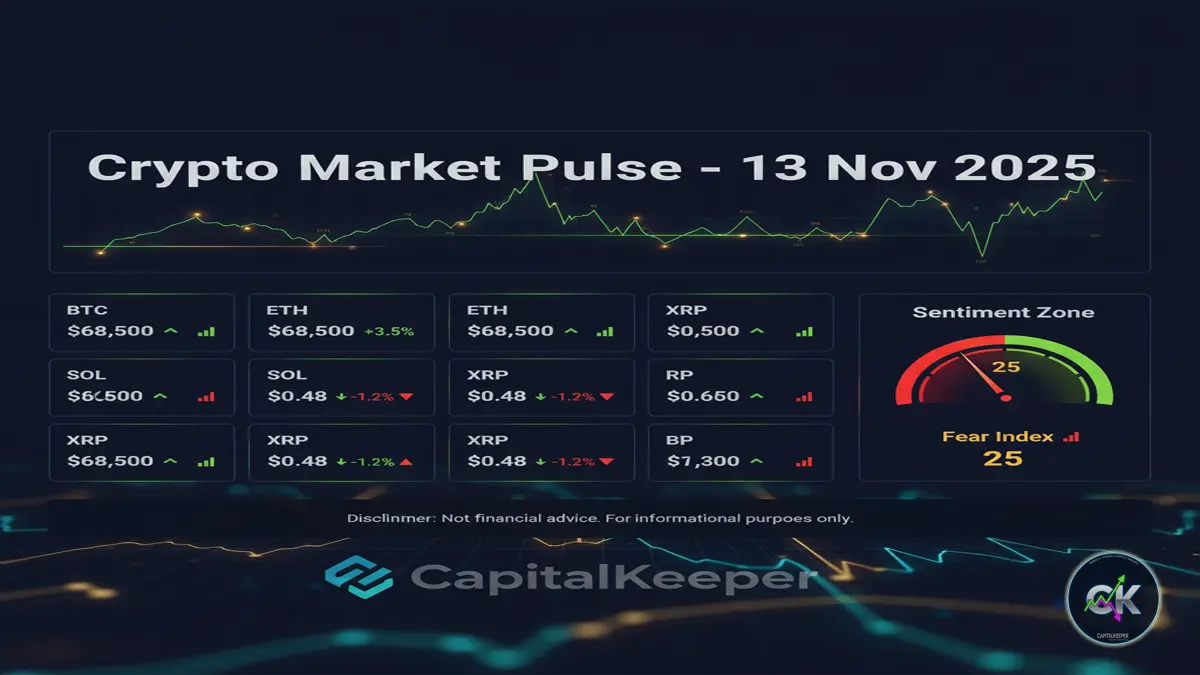
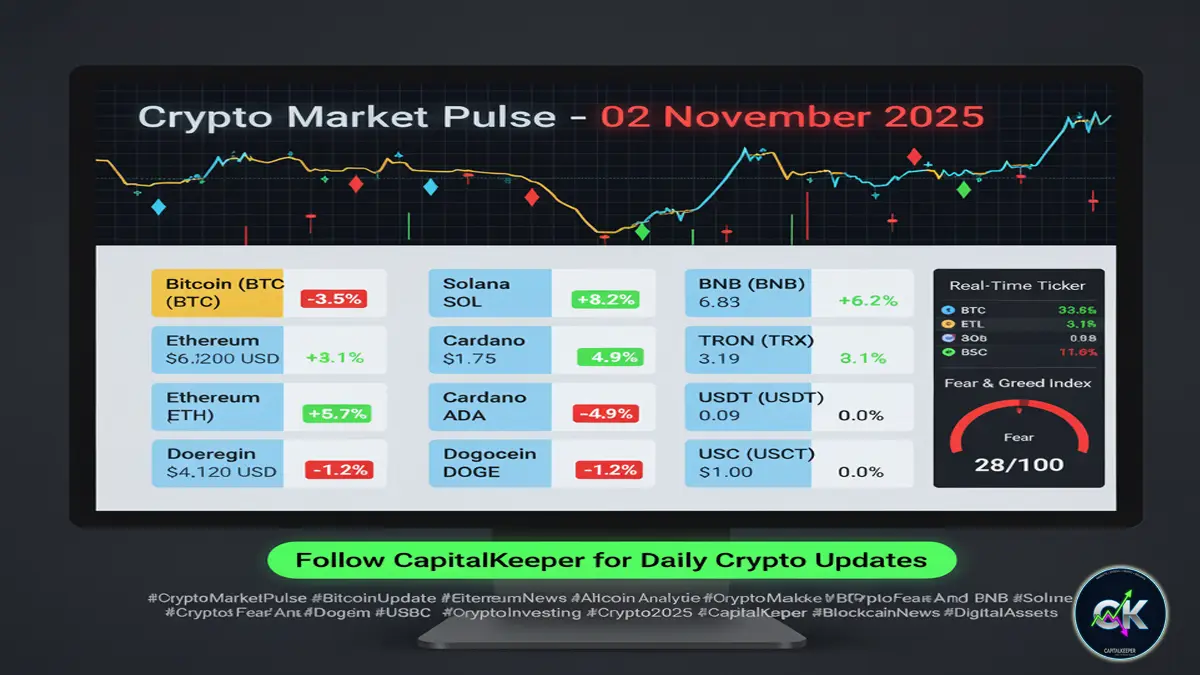


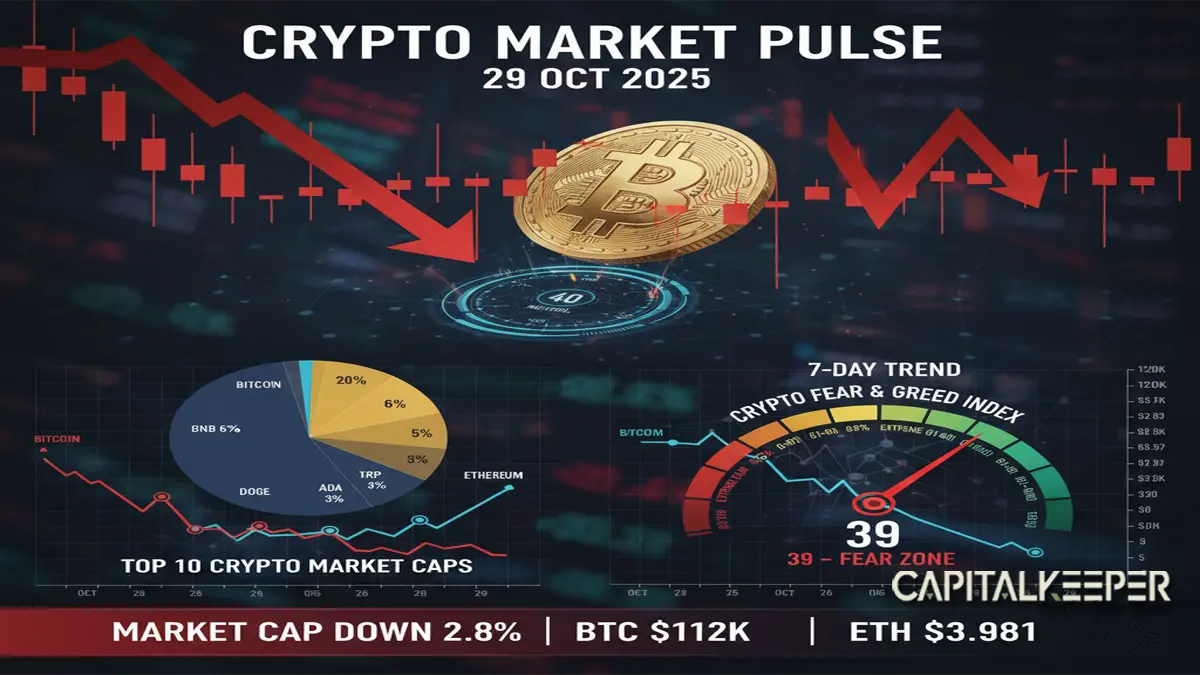


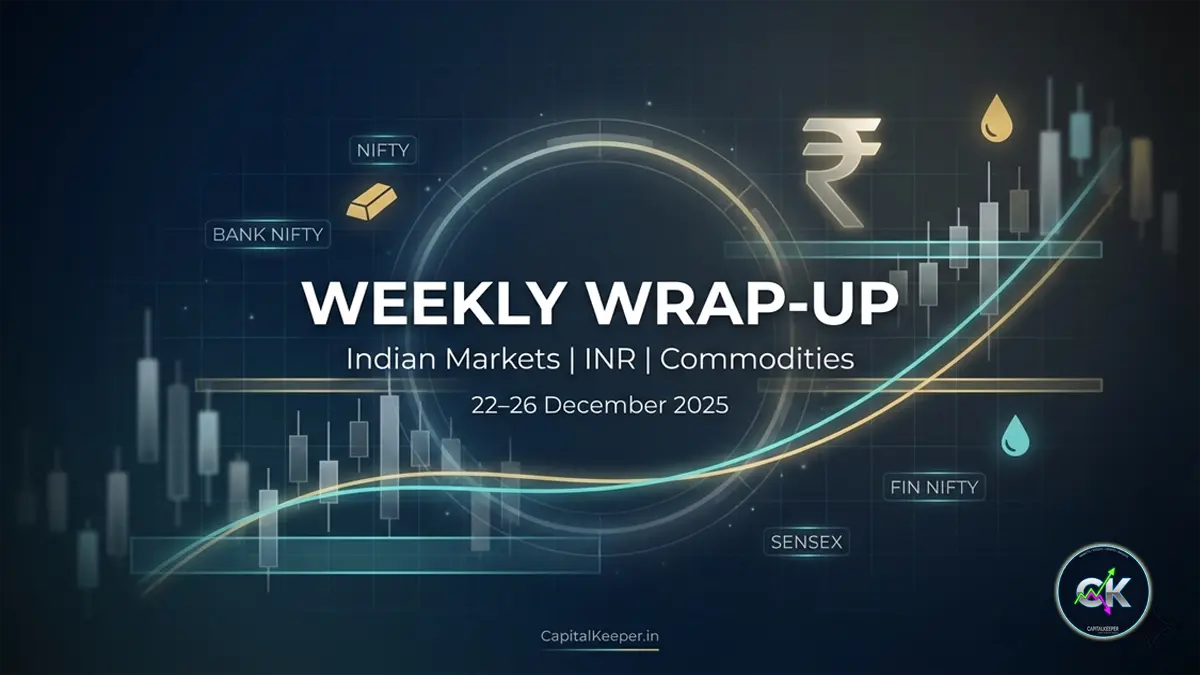


Leave a Reply